Drum Level Control Systems are used extensively throughout the process industries and the Utilities to control the level of boiling water contained in boiler drums on process plant and help provide a constant supply of steam.
If the level is too high, flooding of steam purification equipment can occur.
If the level is too low, reduction in efficiency of the treatment and recirculation function. Pressure can also build to dangerous levels.
A drum level control system tightly controls the level whatever the disturbances, level change, increase/ decrease of steam demand, feedwater flow variations.
Drum Level Control Systems
In the process industries, boiling water to make steam is a very important procedure. The control of water level is a major function in this process and it is achieved through a water steam interface established in a cylindrical vessel called the drum which is usually lying on its side and located near the top of the boiler.
Providing tight water level control in a drum is accomplished by utilizing one of three types of drum level control: single-element, two-element, or three-element.
The Boiler Drum
Maintaining the correct water level in the drum is critical for many reasons. A water level that is too high causes flooding of the steam purification equipment; resulting in the carry over of water and impurities into the steam system.
A water level that is too low results in a reduction in efficiency of the treatment and recirculation function. It can even result in tube failure due to overheating from lack of cooling water on the boiling surfaces. Normally drum level is expected to be held within 2 to 5cm of the set-point with some tolerance for temporary load changes.
Components Affecting Drum Water Level
Under boiling conditions, steam supporting field products such as bubbles exist below the water/steam level interface. These bubbles have volume and therefore displace water to create a misrepresentation of the true water level in the drum. Another effect upon drum level is pressure in the drum.
Because steam bubbles compress under pressure (if the drum pressure changes due to load demands), the steam bubbles expand or contract respective to these pressure changes. A higher steam demand will cause the drum pressure to drop, and the steam bubbles to expand to give the appearance of a water level higher than it truly is.
This fictitious higher water level causes the feedwater input to be shut down at a time when more water is really required. A surge in water level as a result of the drum pressure decreasing is called ‘swell’. A water level decrease due to drum pressure increase is called ‘shrink’.
Drum Level Control Strategies
The below table depicts three types of drum level control strategies with typical applications for each. While single-element drum level control is acceptable for steady boiler load conditions; as load changes become more frequent, unpredictable, or severe; this type of level control cannot respond quickly enough to compensate.
More information must be included and processed to predetermine the amount of water to be added to the drum to compensate for load changes. The addition of elements (flow and transmitter devices) enables the controller to predict the amount of water added to the drum to maintain drum level set-point.
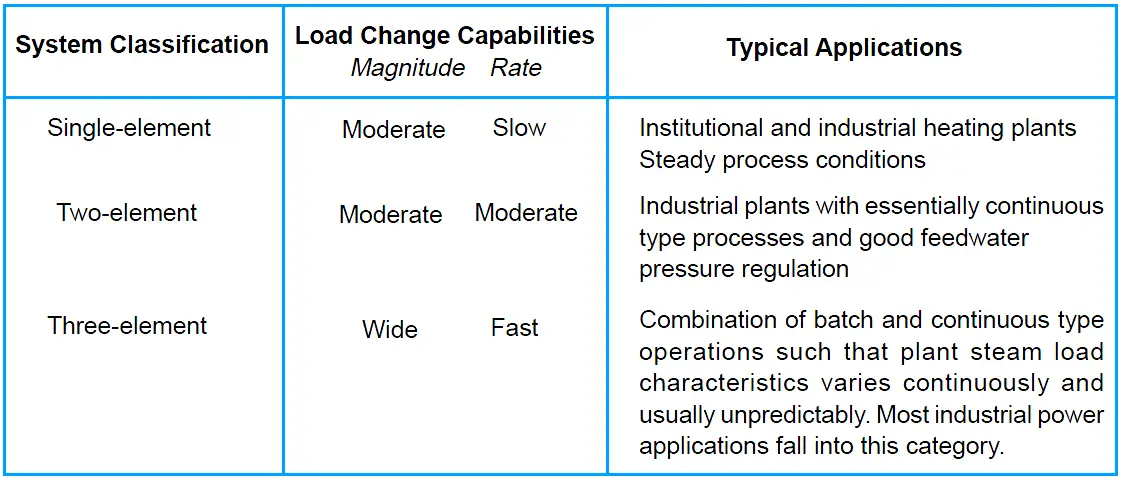
Single element Drum level Control
This is a very simple kind of drum level control design. It needs single analog input for its operation and in return provides single analog output.
Hence, it is named single element control. “Because there’s no relationship between drum level and steam or feedwater flow, it can be applied only to a single feed pump on a single boiler supplying a relatively stable load.”
Its performance is not as effective as compared to other two level control designs. A typical drum level control with single element module is shown in the figure below.

The simplest but least effective form of drum level control.
This consists of a proportional signal or process variable (PV) coming from the drum level transmitter. This signal is compared to a setpoint and the difference is a deviation value.
This signal is acted upon by the controller which generates corrective action in the form of a proportional output. The output is then passed to the boiler feedwater valve, which then adjusts the level of feedwater flow into the boiler drum.
Notes:
- Only one analogue input and one analogue output required
- Can only be applied to single boiler / single feedpump configurations with relatively stable loads since there is no relationship between drum level and steam- or feedwater flow
- Possible inadequate control option because of the swell effect
Two element Drum level Control
This drum level control design is particularly suitable in case of single drum boilers where the feedwater is available at a constant pressure.
“Two-element control includes the same level element used for the single-element configuration but has an added steam-flow element that provides a density-corrected mass flow-rate signal to control the feedwater flow.”
In this design, presence of double control elements tends to provide rigid drum level control. A typical drum level control with two element module is illustrated in the figure below.
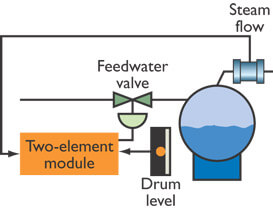
The two-element drum level controller can best be applied to a single drum boiler where the feedwater is at a constant pressure.The two elements are made up of the following:
Level Element: a proportional signal or process variable (PV) coming from the drum level transmitter. This signal is compared to a setpoint and the resultant is a deviation value. This signal is acted upon by the controller which generates corrective action in the form of a proportional value.
Steam Flow Element: a mass flow rate signal (corrected for density) is used to control the feedwater flow, giving immediate corrections to feedwater demand in response to load changes. Any imbalance between steam mass flow out and feedwater mass flow into the drum is corrected by the level controller. This imbalance can arise from
- Blowdown variations due to changes in dissolved solids
- Variations in feedwater supply pressure
- Leaks in the steam circuits
Notes:
- Tighter control of drum level than with only one element
- Steam flow acts as feed forward signal to allow faster level adjustments
- Can best be applied to single boiler / single feedpump configurations with a constant feedwater pressure
Three element Drum level Control
“Three-element drum-level control is suited for handling variable feedwater pressure or multiple boilers with multiple feedwater pumps.”
In this design, three elements are used, each for controlling level, steam and feedwater flow respectively. This system offers far better and advanced drum level control as compared to all other systems.
For best control, correct flow values of both steam as well as feedwater must be maintained with regard to density. A typical drum level control with three element module is shown in the figure below.
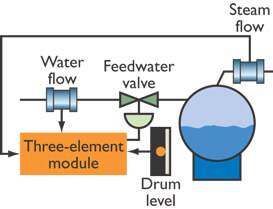
The three-element drum level control is ideally suited where a boiler plant consists of multiple boilers and multiple feedwater pumps or where the feedwater has variations in pressure or flow. The three-elements are made up of the following:
Level Element & Steam Flow Element: corrects for unmeasured disturbances within the system such as
- Boiler blowdown
- Boiler and superheater tube leaks
Feedwater Flow Element: responds rapidly to variations in feedwater demand, either from the
- Steam flow rate feedforward signal
- Feedwater pressure or flow fluctuations
In order to achieve optimum control, both steam and feedwater flow values should be corrected for density.
Notes:
- The three-element system provides tighter control for drum level with fluctuating steam load. Ideal where a system suffers from fluctuating feedwater pressure or flow
- More sophisticated level of control required
- Additional input for feedwater flow required
Enhanced three element drum level control
The enhanced three-element drum level control module incorporates the standard three element level components with the following improvements:
- The three-element mode is used during high steam demand. The two-element mode is used if the steam flow measurement fails and the module falls back to single element level control if the feedwater flow measurement should fail or if there is a low steam demand.
- The drum level can be derived from up to three independent transmitters and is density compensated for pressure within the boiler drum.
Notes:
- Tighter control through a choice of control schemes. Drum level maintained on failure of steam or feedwater flow measurements
- This module introduces an additional level control loop Boiler drum level control
Read Articles :
- Single Element Drum Level Control System
- Two Element Drum Level Control System
- Three Element Drum Level Control System
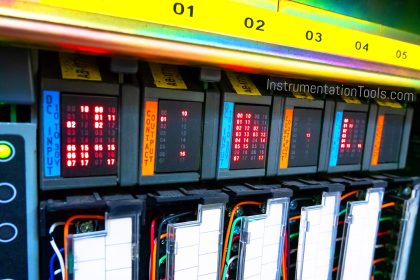

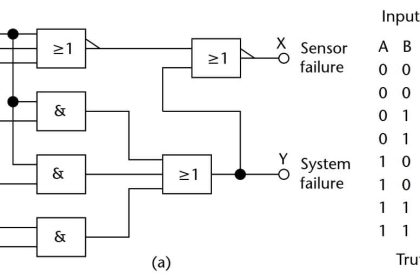
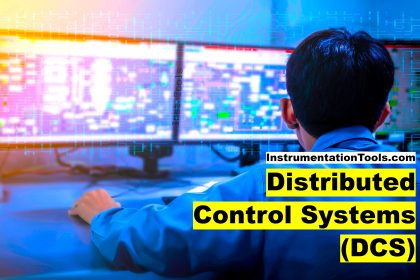

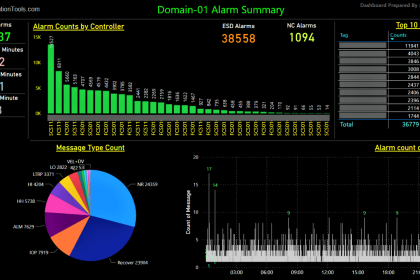

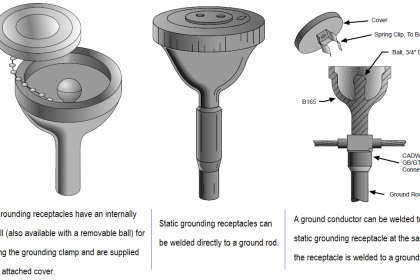

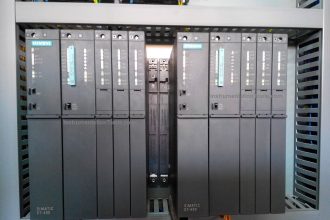
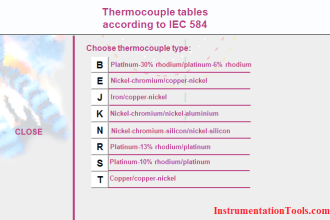
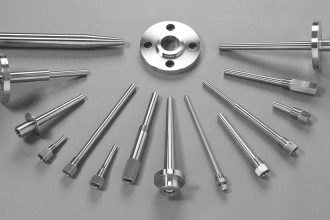
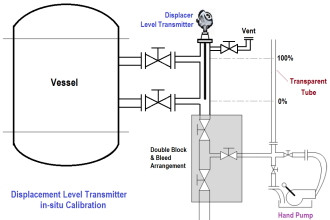

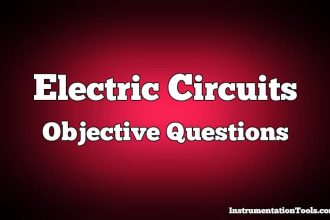


good data
Sir I want details with simple explanation of Motorized Control Valve and details related to thermal power plant